Self sufficient gardening
karachigardener
11 years ago
Featured Answer
Comments (22)
pnbrown
11 years agolast modified: 9 years agoRelated Professionals
Allentown Landscape Architects & Landscape Designers · Canby Landscape Contractors · Cerritos Landscape Contractors · Davidson Landscape Contractors · Duarte Landscape Contractors · East Hanover Landscape Contractors · Los Banos Landscape Contractors · Pahrump Landscape Contractors · Saint George Landscape Contractors · Wailuku Landscape Contractors · Waipahu Landscape Contractors · Markham Landscape Contractors · San Jose Driveway Installation & Maintenance · Westland Driveway Installation & Maintenance · Anaheim Driveway Installation & Maintenancepnbrown
11 years agolast modified: 9 years agokarachigardener
11 years agolast modified: 9 years agoglib
11 years agolast modified: 9 years agoIAmSupernova
11 years agolast modified: 9 years agosunnibel7 Md 7
11 years agolast modified: 9 years agoRaw_Nature
11 years agolast modified: 9 years agosjkly
11 years agolast modified: 9 years agochickenfreak
11 years agolast modified: 9 years agopnbrown
11 years agolast modified: 9 years agoglib
11 years agolast modified: 9 years agopnbrown
11 years agolast modified: 9 years agojll0306
11 years agolast modified: 9 years agopnbrown
11 years agolast modified: 9 years agoshaxhome (Frog Rock, Australia 9b)
11 years agolast modified: 9 years agojll0306
11 years agolast modified: 9 years agoglib
11 years agolast modified: 9 years agojll0306
11 years agolast modified: 9 years agokarachigardener
11 years agolast modified: 9 years agopnbrown
11 years agolast modified: 9 years agoharveyhorses
11 years agolast modified: 9 years ago
Related Stories
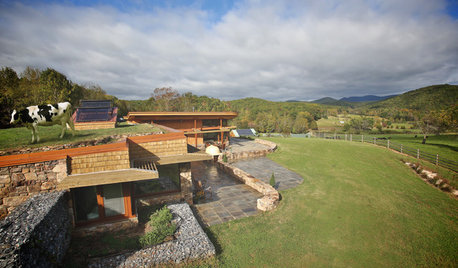
HOUZZ TOURSHouzz Tour: A Self-Sufficient Farmhouse With a Sheep-Pasture Roof
LEED Platinum certification and a soil-covered top make this pastoral Virginia home green in more ways than one
Full Story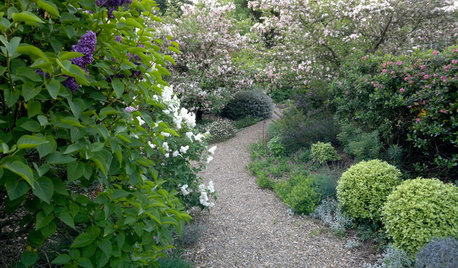
LANDSCAPE DESIGNSee a Lush Australian Garden That Needs Little Water
Highly self-sufficient and sustainable, this oasis near Sydney offers something special around every corner
Full Story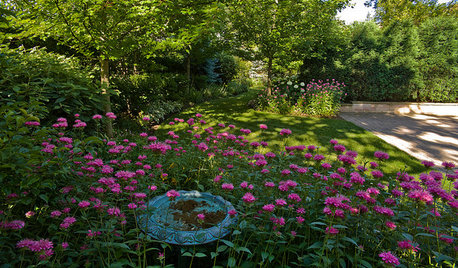
LANDSCAPE DESIGNExuberant Self-Seeders for Gorgeous, Easy-Care Gardens
Keep weeds down, color high and maintenance low with beautful plants that sow themselves
Full Story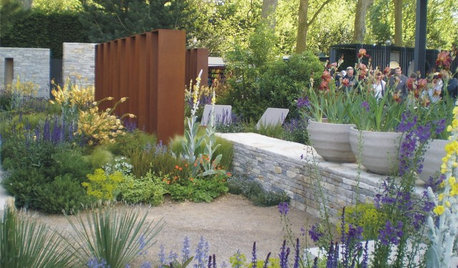
GARDENING GUIDES9 Self-Seeders Capture Chelsea Flower Show Magic
Give your garden show-worthy style with these plants beloved by top designers
Full Story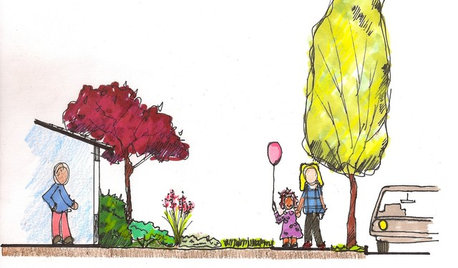
LANDSCAPE DESIGNGive Curb Appeal a Self-Serving Twist
Suit yourself with a front-yard design that pleases those inside the house as much as viewers from the street
Full Story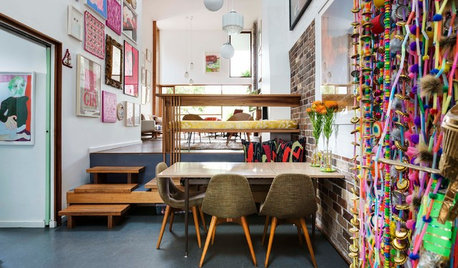
ECLECTIC HOMESHouzz Tour: A Dilapidated Cottage Makes Way for Self-Expression
Clever design and imagination divide and conquer a suburban site for a homeowner with a bold vision and an even bolder art collection
Full Story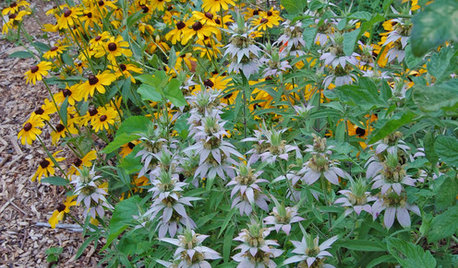
GARDENING GUIDESGreat Design Plant: Spotted Beebalm (Monarda punctata)
Looking for unusual, long-lasting blooms, low maintenance and deer resistance? Try this self-sowing perennial
Full Story
HOUZZ TOURSHouzz Tour: A Contemporary Retreat on a British Moor
Once nearly uninhabitable, this 18th-century farmhouse is now a beautiful example of ecofriendliness and self-sufficiency
Full Story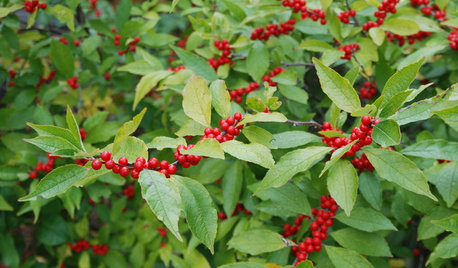
WINTER GARDENINGFire and Ice: 8 Plants That Blaze Once Frost Hits
Not everything in the garden sleeps in the cold — these plants rise and shine in fall and winter, bringing bright color to beat the blahs
Full Story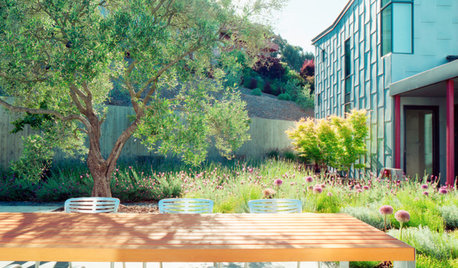
LANDSCAPE DESIGNGardening for Happy Kids
Foster creativity, self-esteem and more by designing your landscape with a sense of discovery
Full StoryMore Discussions







karachigardenerOriginal Author